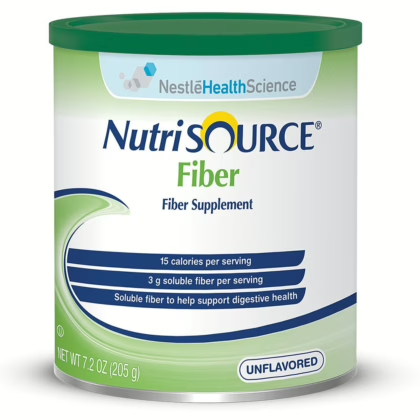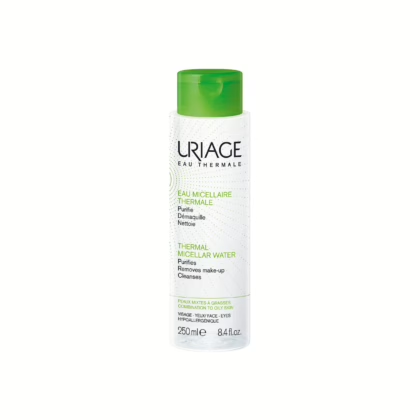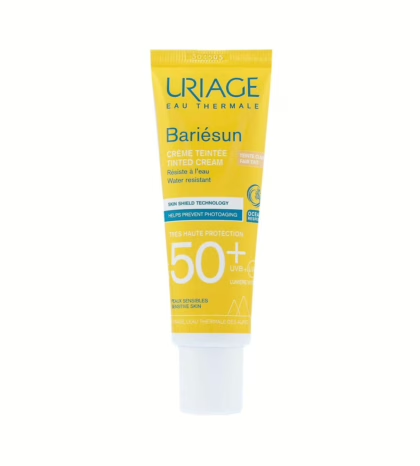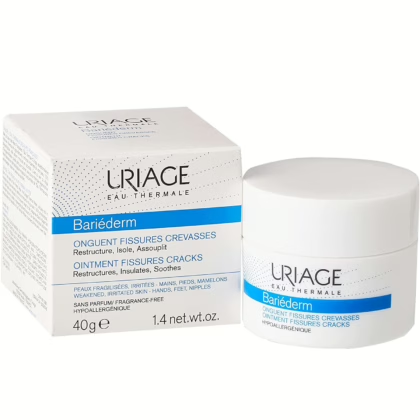
Respiratory diseases are a significant health concern in the United Arab Emirates (UAE), with high levels of air pollution and other environmental factors contributing to a range of conditions. Here’s what you need to know about respiratory diseases in the UAE.
Asthma is a chronic respiratory disease that affects the airways, making it difficult to breathe. The prevalence of asthma in the UAE is around 13%, and it is the most common chronic disease among children. Risk factors for asthma in the UAE include exposure to air pollution, dust, and sandstorms. Get free help now!
COPD is a chronic respiratory disease that causes breathing difficulties and is primarily caused by smoking. In the UAE, smoking rates are high, which contributes to the prevalence of COPD. Additionally, exposure to air pollution and occupational hazards such as dust and chemicals can increase COPD risk.
ILD is a group of lung diseases that affect the tissue and space around the air sacs in the lungs. It is caused by long-term exposure to environmental irritants, such as dust, pollutants, and chemicals. In the UAE, exposure to sandstorms and construction dust can increase the risk of ILD.
Luckily, there are several tips for respiratory disease prevention that can help reduce the risk, including:
Practicing these tips can help reduce the risk of developing respiratory diseases and improve respiratory health.
Surprisingly, using an air humidifier can alleviate some symptoms of respiratory diseases. Here are some ways air humidifiers may improve respiratory health:
However, it’s vital to note that overuse of humidifiers can lead to bacteria and mold growth, which can worsen respiratory symptoms and increase the risk of infections. It’s important to clean and maintain humidifiers regularly to prevent bacteria and mold growth.
Also, respiratory diseases treatment may include medication, inhalers, and oxygen therapy, as well as lifestyle changes such as quitting smoking and avoiding environmental triggers. Always keep in mind that Al Thiqa Pharmacy has all the equipment you need.











